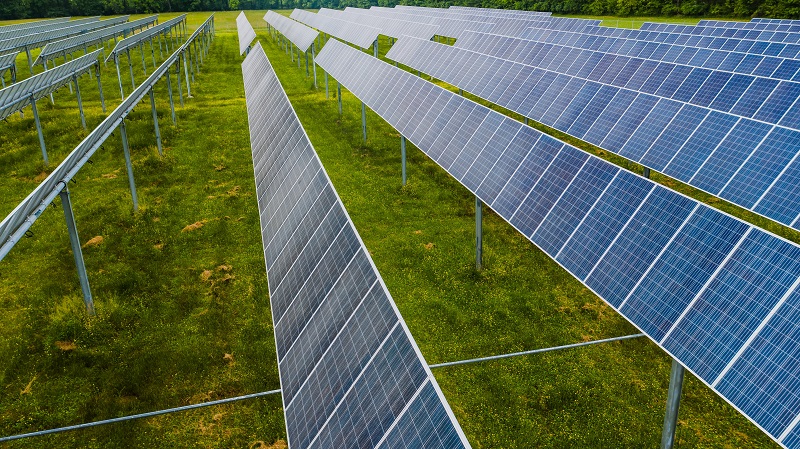The European Commission said Jan. 26 that EU member states have agreed to spend Eur1.037 billion ($1.16 billion) in cross-border energy infrastructure projects, with two-thirds of cash from the Connecting Europe Facility going toward a subsea power interconnector to Cyprus.
The EuroAsia Interconnector, which connects Cyprus to the European grid through Crete, received Eur657 million, while electricity grid projects in the Baltics and Nordics received another Eur297 million, according to SPGlobal.com.
Energy Commissioner Kadri Simson of the European Commission said that recent months have shown “how critical a well-integrated EU energy market is for maintaining cheap energy and supply security, as well as the clean energy transition.”
Europe’s gas benchmark TTF front-month has risen to Eur90.50/MWh on Jan. 26, with generation costs for price-setting gas-fired power plants more than doubling, averaging more than Eur250/MWh in December 2021 for the first quarter of 2022 in Northwest Europe, according to S&P Global Platts data.
The new CEF funds support the European Green Deal by providing funding for the construction of three electricity transmission initiatives, as well as expanding gas storage in Bulgaria, for Eur78 million, and an analysis on CO2 shipping as part of the Northern Lights Phase II project offshore Norway, for Eur4 million, according to the European Commission.
In June 2021, EU energy ministers allocated Eur5.5 billion for CEF projects for the period 2021-2027, adopting a list of 98 projects.
The 1 GW EuroAsia Interconnector, which will also include Israel, will fund an underwater cable from the Greek island of Crete to Cyprus.
The European Commission already awarded a Eur100 million grant under the coronavirus recovery plan in 2021, with project developers having secured the necessary permits and binding offers from cable manufacturers Nexans and Prysmian, as well as equipment manufacturer Siemens Energy, for the 898 km long 500 kV cable.

